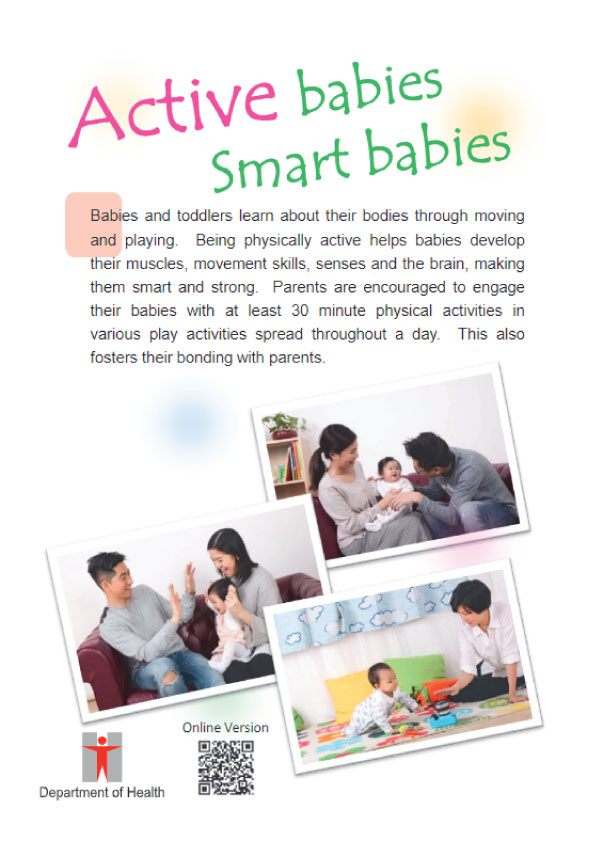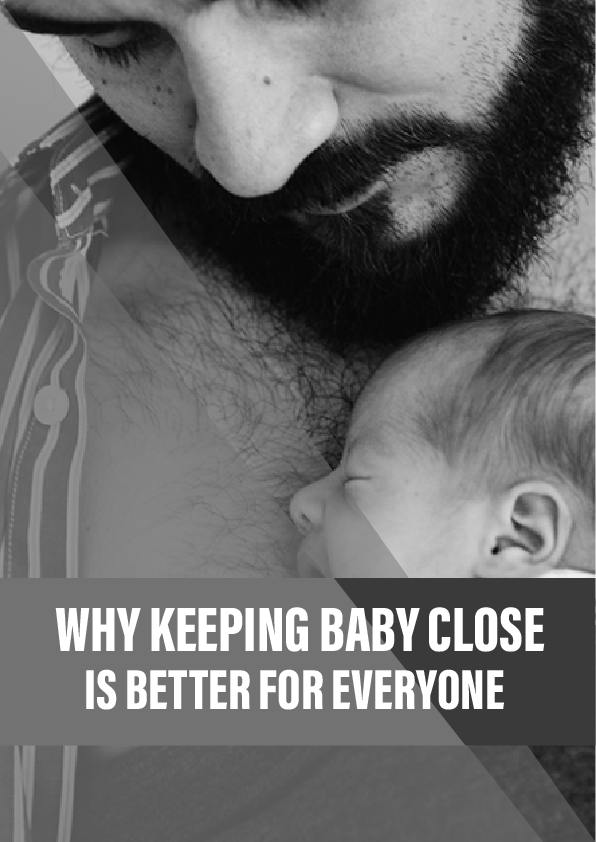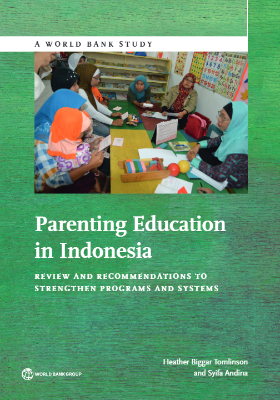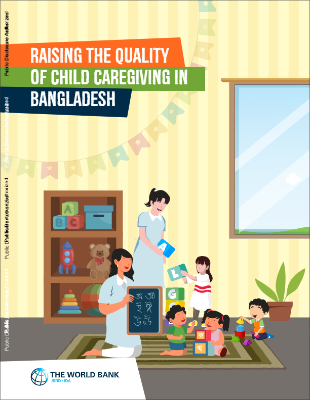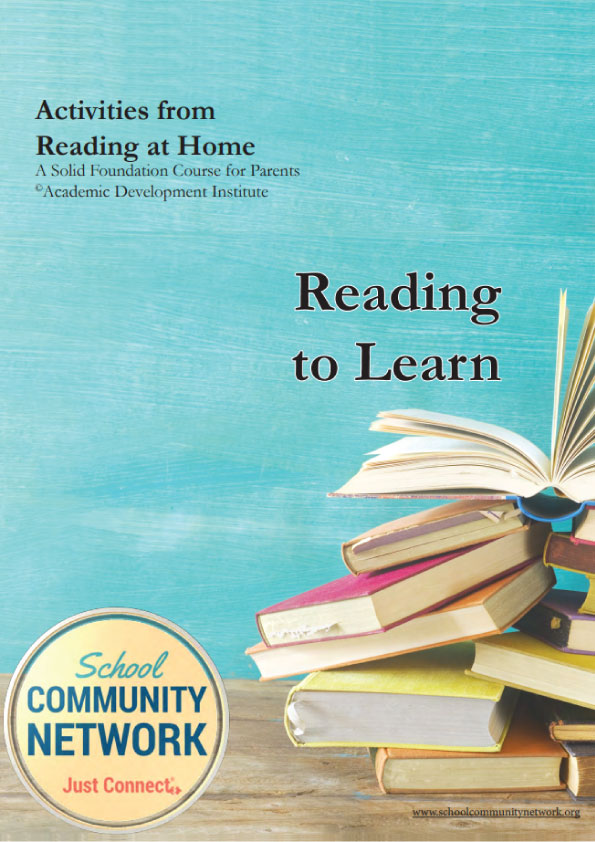Babies and toddlers learn about their bodies through moving and playing. Being physically active helps babies develop their muscles, movement skills, senses and the brain, making them smart and strong. Parents are encouraged to engage their babies with at least 30 minute physical activities in various play activities spread throughout a day. This also fosters their bonding with parents.
Tummy times
- Give your baby playtimes on his tummy. Attract him to look around by making funny sounds, facial expression or using toys.
- Babies should have tummy times only when they are awake and being supervised.
- Tummy time helps babies develop the muscles on the neck and back, shoulders, arms and hands. This also allows him to look around and develop his senses.
- Let your baby lie on his tummy several times a day when he is awake. Depending on his enjoyment and ability, allow for 3 to 5 minutes each time. Stay with him throughout.
Tips: A firm mattress or floor mat is easier for babies lying on their tummy.
Allow your baby to have at least 30 minute tummy time spreading throughout a day.
You can
- Lie his tummy on your chest. This encourages him lifting his head to look at you.
- Hold a colorful toy or a toy mirror to get his attention when he is on his tummy.
- Move from side to side such that he turns his head and eyes to follow you.
- Older babies may reach out their arms for the toys. This helps them learn the coordination of limbs and the muscle of the neck and back.
Teasing your baby…
- Hold your baby under his arms and move up and down gently.
- Lie baby and support his head on your thighs, then move his arms and talk to him.
When Your Baby’s Legs Bear Weight
- Hold your baby upright, he will hold his head to look at you. This helps your baby learn standing.
- Hold your baby under his arms to let him stand on his feet. Sing a nursery rhythm or play music. He may sway and move with the rhyme.
When Your Baby Sit Well
You can
- Place toys slightly out of his reach such that your baby has to stretch to get them. Toys and objects of different shapes and textures will help developing his sense of touch.
- Play peek-a-boo. Your baby also enjoy playing hiding games. You can put a toy under a towel before him and then help him find it.
- Place a mat on the floor. Let your baby crawl and roll over and play with him.
When Your Baby Can Stand
- Let your baby to cruise along furniture under your supervision.
- Encourage your baby to walk and develop balance by pushing a weighted “kiddie push car” or a steady chair.
Toy and Home Safety
- Parents should choose toys that meet safety standard. It is essential to look for labels that give age recommendations when choosing toys. You should make sure to read and follow all instructions on the toys.
- Perform regular safety check, such as keeping the electrical appliances properly, covering up electric sockets, etc. to keep your home safe and tidy for your baby to play.
- Remember to supervise your baby at all times.
Engage your baby with talking, singing, reading story books, playing and physical activities. High quality time with the parents makes babies happy and smart.
These make babies feel boring
- Avoid restraining your baby in stroller, high chair or baby carrier for more than 1 hour at a time except for sleeping.
- Your child needs a large amount of parent-child interaction before two years old. Avoid letting him in contact with any electronic screen products unless to do interactive video-chat under your guidance.
Babies Need Outdoor Activities
- Take your baby outdoors. Sounds and touches of trees, leaves and grasses are interesting to babies. Place a blanket in a safe place in a park. Let your baby move or rolls on it.
- Sun exposure helps babies get adequate vitamin D. However, you should protect your babies from strong sunlight. Let him wear a hat and sunscreen products.
